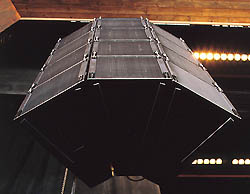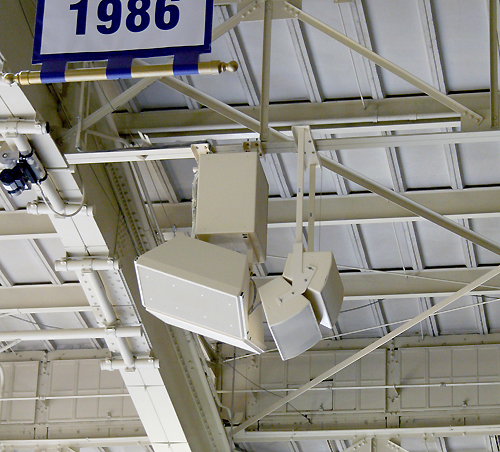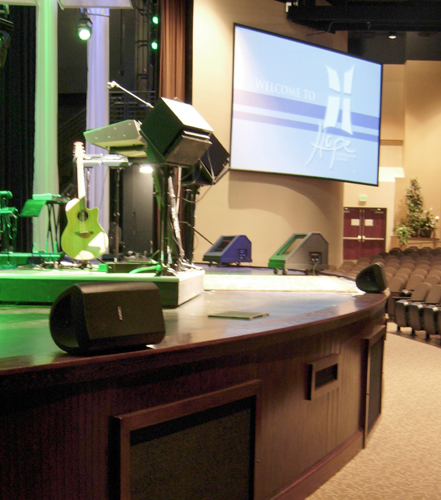There are eight prime factors that determine what we hear from a loudspeaker, each governed by a wide – and interactive – range of electrical and mechanical parameters that come into play.
These include the following:
—The materials used to construct cones and diaphragms (paper, aluminum, titanium, carbon fiber, composites, etc).
—Low-frequency and mid-frequency cone geometry.
—The power, linearity, and type of magnetic circuit used in drivers (Alnico, ceramic, neodymium), as well as the voice coil wire (copper, aluminum, round, hexagonal, single layer, double layer, etc.), voice coil former material, acoustical reflections from the spider; the phase plug (in high-frequency drivers), and the concentricity of the voice coil in the magnetic gap.
—Horn material and flare rate.
—Enclosure material and construction quality (rigid is always better than poorly fitted joinery), as well as enclosure volume, bass port area, duct length, and port material (hint: wooden or PVC ports are better than cardboard and soft plastic).
—Composition of interior dampening material.
—Edge diffraction from the enclosure shape; the design of the crossover circuitry.
—Driver protection circuitry (if any).
—And much more!
This list makes it clear that a loudspeaker is the sum of its parts. Less apparent is the complex interrelationship of the many individual elements that must work together synergistically in order for a loudspeaker system to provide outstanding sound quality.
Factor 1: Frequency Response
There are two aspects to frequency response. First is the overall bandwidth of the response range. A wide bandwidth, say 40 Hz – 19 kHz, provides an immediate sensation of “high fidelity.” Conversely a narrow response range such as 200 Hz – 6 kHz will be perceived as “low fidelity,” though within that range the overall performance might be quite good indeed, such as a mid-range device in a 3-way system that was not designed to reproduce the full spectrum.
The second aspect is how even, or uneven, the response may be within the intended range. An even response equates to a flat loudspeaker…which usually is a good thing. When the response is uneven, the loudspeaker is not flat and can’t be relied upon for important judgments such as balancing input channels and setting EQ. While the overall bandwidth is a function of the loudspeaker’s design, an uneven response – if the magnitude is not excessive – can usually be corrected with precision parametric equalization, though this will require the use of a high-resolution spectrum analyzer.
Factor 2: Phase Response
Intimately linked with frequency response, phase response is quickly identifiable by using an FFT (Fast Fourier Transform) analyzer to characterize a loudspeaker. Every deviation in the frequency domain will yield a corresponding deviation in the phase domain.
Though we do not hear variations in phase response as readily as frequency response, such deviations are nonetheless present in virtually all real-world loudspeakers. When the other parameters have been optimized by careful design work, variations in phase response become quite audible.
What is the difference between phase, time smear, and group delay? They are three different terms that describe the same acoustical condition, that of time variations across a loudspeaker’s frequency range at a given point in space.
When drivers are not mechanically arranged so their acoustic centers are perfectly aligned throughout crossover, where they are both providing equal energy, one energy source will lag or lead the other in time. This can be partially corrected by incremental delay, but broadband delay may not solve the problem.
Each driver, as it approaches the extent of its response range, typically exhibits a deviation from a flat phase response all on its own – not just in relationship to the other driver. Fortunately, with modern DSP technology, phase filters and/or all-pass filters can be used to minimize phase versus frequency deviations.
What does “all-pass” mean? An all-pass filter alters time in relation to frequency, rather than altering frequency response like a parametric EQ. It provides delay, but as a function of frequency.

















